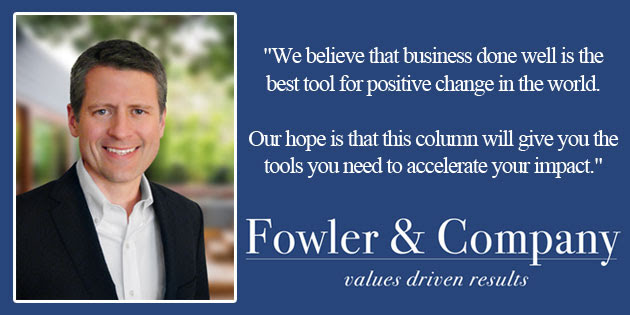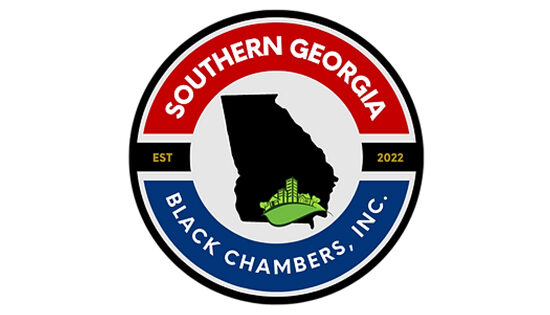By Curt Fowler
“Simple can be harder than complex. You have to work hard to get your thinking clean to make it simple. But it’s worth it in the end. Once you get there, you can move mountains.”
– Steve Jobs
A lot of us avoid planning because it seems too complicated. Complicated things take way too much time and time is something most of us have way too little of. Let me show you how to simplify planning so you can get the results you desire.
Creating a great plan can take a lot of time. But, when we try to get too much done at one time we burn out and get lesser results. We end up checking out and agreeing to whoever is the loudest voice in the room. We don’t get the buy-in needed and the plans fail to get implemented.
When the plan fails, the planning process gets the blame and many organizations abandon the process. It doesn’t have to be this way. You can get your plan started by answering the following three questions. Will answering these questions leave you with a “complete” plan? No. But, it will get you started and give you far better results than no planning or a planning process that burned your people out.
You and your team can refer to the answers to these questions keep aligned behind your plan and your vision. You can and will need to adjust the plan as you go. That is a good thing. Like a plane on a cross-country flight, constant course adjustments are required to stay on course. Here are the three questions.
Where Are We Now?
Where are you financially, with your customers, with your employees? How does your product or service compare to your competition? What assets (people, cash, customers, technology, processes, etc.) do you have that you can leverage to win in your marketplace? What is going right and what is going wrong? Brutal honesty is required to get this step right.
Where Are You Going?
Look back at your answers to the previous question. Based on those responses, where can your organization go? This is your vision. Your vision should be based on reality (your answers to where are you now) and be a big stretch for the organization and everyone on your team.
Your vision must inspire and engage your team to perform at their best. Deep down we all love to be inspired and to give our best to a worthy cause. Your vision gives your team that chance. Make your vision specific, measurable and put a due date on it.
“A dream written down with a date becomes a goal. A goal broken down into steps becomes a plan. A plan backed by action makes your dreams come true.”
– Greg S. Reid.
How Will We Get There?
Based on your brutally honest assessment of where you are now and your complete vision, what is your plan to accomplish your goal? Sometimes a complete plan is far too much for us to grasp. That is OK.
If your organization is going to achieve its vision, what is the single most important next step? Point every extra ounce of organizational energy towards achieving that next step. Achieve it and then and then decide what is the next best step now.
Rinse and repeat until you have achieved this vision and are ready to set your next one!
If you have any questions or a planning topic you’d like me to cover in future columns, drop me a line at cfowler@valuesdrivenresults.com.
Helping leaders improve the profit and impact of their companies is my passion. I’d be happy to help in any way I can. You can reach me at 229.244.1559 or get started on your own with our free resources at https://valuesdrivenresults.com/resource-library/
Curt Fowler is President of Fowler & Company and Director at Fowler, Holley, Rambo & Stalvey. He is dedicated to helping leaders create and achieve a compelling vision for their organizations.
Curt is a syndicated business writer, keynote speaker and business advisor. He has an MBA in Strategy and Entrepreneurship from the Kellogg School, is a CPA, and a pretty good guy as defined by his wife and four children.










